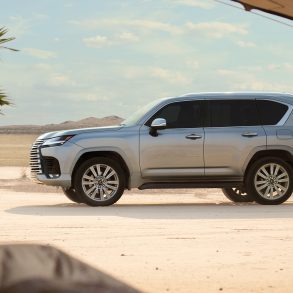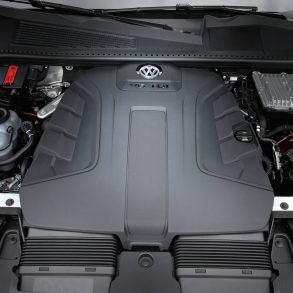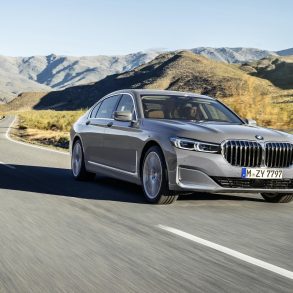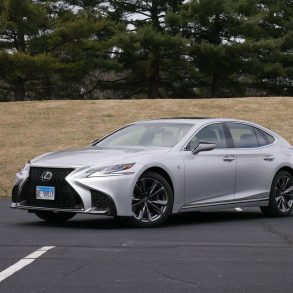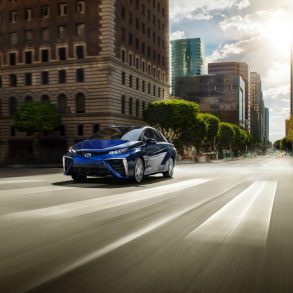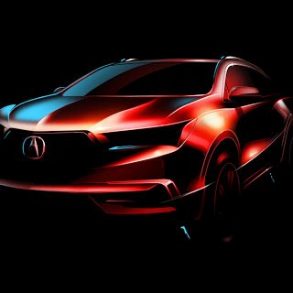“Wait!”, the American Good Car Nation shouts. “We Americans get the IS. Lexus was created for us, don’t you remember oh ye Good Car Guy?” 
Yeah, I remember. I remember when, as a young car aficionado, I listened to older men whispering sweet nothings to passing Lincoln Town Cars. Less aged men and women began to speak more lovingly to the LS400 that cruised by, eerily quiet; always serene.
Have you recently noticed any ’93 Lexi? Whether it’s an LS or an SC or an ES or a GS, you don’t see it bottoming out at Wal-Mart speedbumps. Rust rarely appears to be a problem. It isn’t making the clattery engine noises common to cars a decade.5 old. Still seems like a genuine good car, doesn’t it. You read that right, a good car.
Unfortunately, these models suffer the same problems as newer Lexera. Potential owners who don’t get sucked into the Lexus showroom (and plenty of journalist/critics) frequently consider Lexus to be boring. Uninteresting, though plenty luxurious. Monotonous, despite an almost completely successful ‘pursuit of perfection’. Dull, even in light of the enjoyable drives a Lexus would offer you and your’s.
Some of the criticism leveled at Lexus sedans don’t apply to much of the car-buying public. Intrusive stability control? Slow and uncommunicative steering? Not everybody wants a BMW, ya know. However, and it’s a big however, enough attention paid to Lexus’ failures by people like me and members of the mainstream automotive media will hinder and have hindered Lexus’ attempts to be considered as a high-performance brand.
That’s why Lexus created the IS-F. Five litres of smooth Japanese V8 churning out over 400 horsepower through an 8-speed automatic equals high performance. No doubt about it. In my opinion, Lexus overcooked the exterior changes. The differences between the IS and the IS-F stand out as strongly as the contrasts between a Subaru Impreza and a WRX STi. We’re not boys, Lexus. That works for Subies. My desire for a high-performance luxury sedan in a Lexus wrapper does not push aside my appetite for true, subtle, classy Lexus qualities. That gaping front fascia, the ultra-low front ride height, bulging hood, and double-decker-dual exhausts add up to; well… a bit much.
Let’s move Across the Pond then, shall we. With pricing equivalent to the IS250 (and its torqueless small six-cylinder), you can get a diesel Lexus IS. The IS220d will give you over 100 lb-ft of extra torque compared with the IS250 – and a subsequent loss of 27 horsepower – your ‘time-lost’ measurement will andonly apply during the 0-60mph time. A few tenths lost there, admitted ly, and many hundreds of seconds gained on two-lane backroads and inner-city squirts around an in front of rumbling dump trucks thanks to the mountainous 295lb-ft of torque.
ly, and many hundreds of seconds gained on two-lane backroads and inner-city squirts around an in front of rumbling dump trucks thanks to the mountainous 295lb-ft of torque.
You’ll also use 3.5 fewer litres of fuel for every 100 kilometres you drive in this first Lexus diesel. In my neighbourhood, that’d save me $19.02 CDN every time I drive 500km. That’s for a car whose pricing scheme runs fairly parallel to its six-cylinder gasoline alternative. But it’s only Across The Pond. Available to you Brits and mainland Europeans, but not to us. Nope, we just crave horsepower and body kits. We want the automakers to supply us with all the horsepower in addition to sweet fuel efficiency. We don’t want to make the purchases that could give us the fuel efficiency in good cars like the Lexus IS – no, not yet. Gas is just too, too, too cheap.

